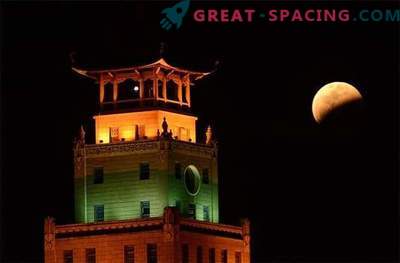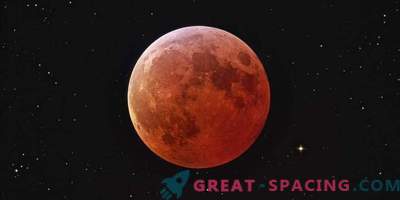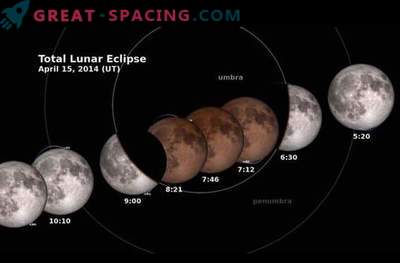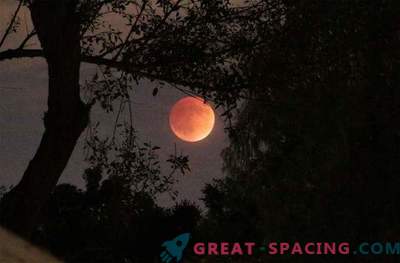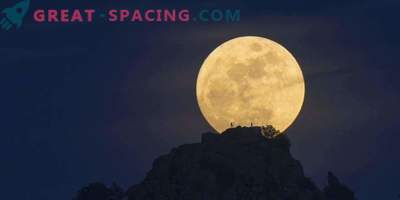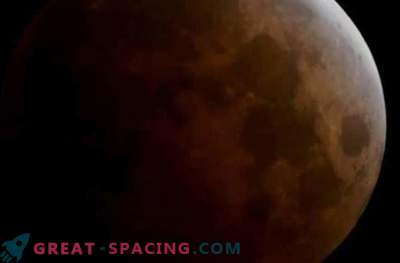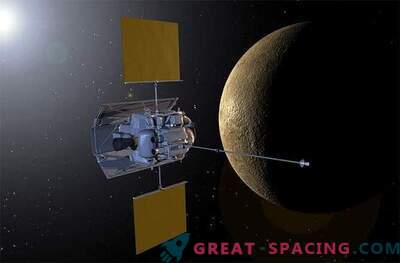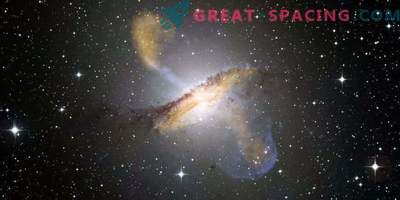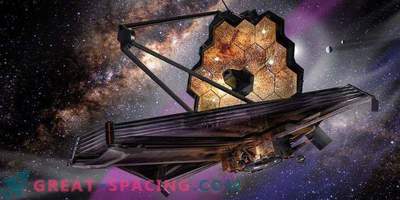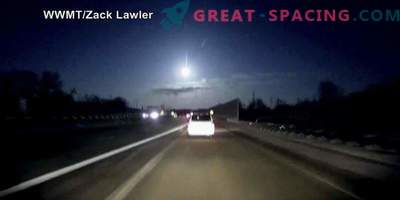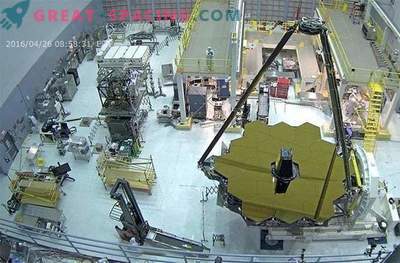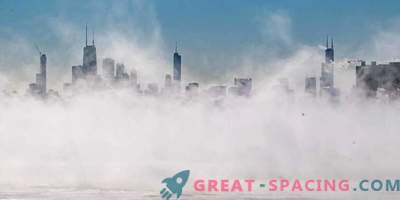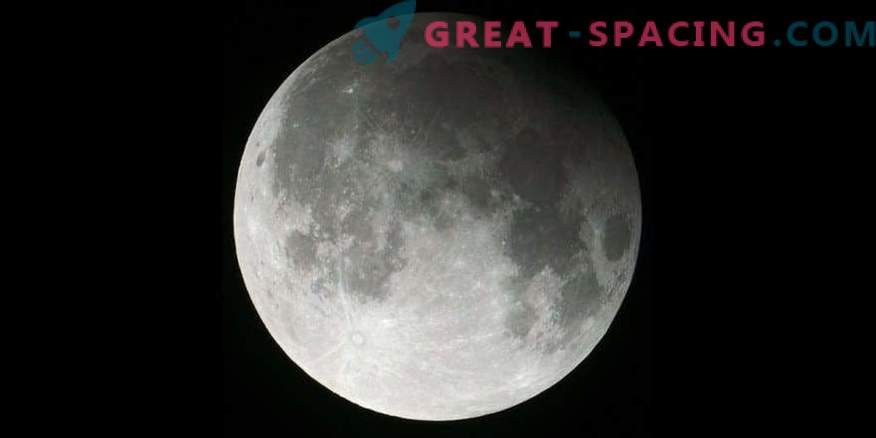
A lot of excitement was raised about the three astronomical events that fall on one date. But there is a catch.
Today, there will be three astronomical events that have led to media commotion. Unfortunately, on a scale of cosmic wonder from 1 to 10, it pulls on a solid 6.
What are we talking about? If you take the word, they promise us a series of incidents at once: a lunar eclipse, a “snow moon” and a comet. And this at one time! And although all this is true, but it is worth adding some additional information so that you understand what to expect.
Yes, the lunar eclipse to be! And this is the first of two 2017 lunar eclipses. But do not count on a magnificent total eclipse with an incredible bloody shade. A “penumbra eclipse” awaits you - when the moon passes into the outer shadow of the earth. If it is eclipsed by the central shadow of the Earth, then a total eclipse occurs (Sun, Earth and Moon are aligned). Then any sunlight that refracts through the earth’s atmosphere creates a red hue.
Penumbral lunar eclipses are different. They are slightly uneven, falling into the outer shadow. Although observers will notice an eclipse of the full moon from 5:32 to 9:55 pm (Eastern time), it will not be as dramatic as a total eclipse. This animation will explain better: “The outer part of the Earth's penumbra is so pale that you will not notice anything until the moon's edge slips at least halfway through,” says Alan McRobert, chief editor of Sky & Telescope magazine. “So start looking for him 90 minutes before the middle of the eclipse.”
If you are not lucky with the weather, you can watch the online broadcast in Slooh with expert comments.
Go to the "snow moon". This is most likely the biggest disappointment, as the usual full moon in February is so called. At this time in North America it gets cold and snow falls. Any lunar eclipse this month will be called snow. Therefore, there is no special note here.
And for dessert, the most delicious. It is a question of the green comet 45 / R Honda-Mrkos-Paidushakova, the peak of which should come on Saturday. The green light is produced by evaporation of the carbon dioxide. If you want to admire, then look towards the constellation Hercules in the eastern part of the sky.
Great events or deception, but this is a reason to take their astronomical instruments and go outside to practice. And it would be nice to make a couple of shots of an amazing green guest.
